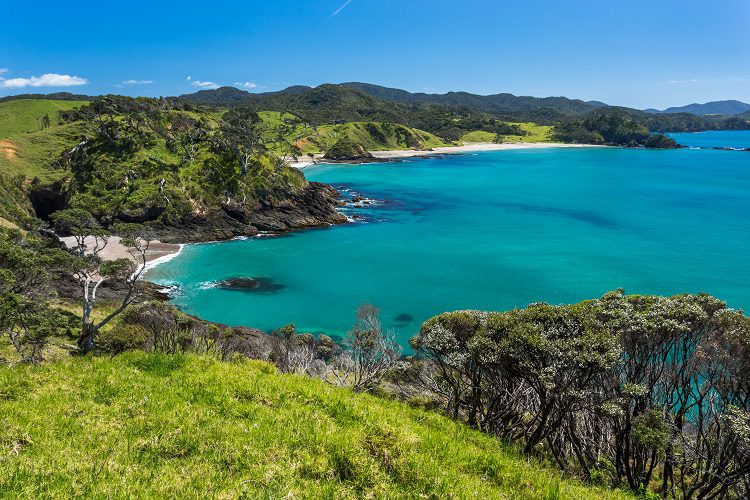Numbers regarding tourism and hospitality in Northland were recently published by Statistics New Zealand, which is catching up on monthly reports in the wake of impacts from the November 2016 earthquake. Metrics show continuing and solid growth for the area, which has seen a total of 1,844,789 guest nights for the year. That’s an 8 percent increase over the numbers for the year ended January 2016.
Numbers Are Strong in Northland
Solid growth is good for the area, especially in light of the earthquake worries at the end of last year. Tourism isn’t just up since the fall of last year, though; the numbers reflect an increase when compared to the same period in 2016. In January 2016, volume in Northland was recorded as 351,986 nights. For the same month in 2017, the report shows 364,452 nights, which reflects a volume change of more than 12,466 nights or 3.5 percent.
Statistics New Zealand breaks the Northland numbers down to reflect trends in Whangarei, Far North and Kaipara. Whangarei saw the greatest increase when comparing January 2016 numbers to those from January 2017, but Far North saw the larger increase when comparing year-end figures.
- Whangarei hospitality nights for January 2017 were reported as 117,012. That reflects a 10.8 percent increase over the January 2016 number of 105,627.
- Far North nights for January 2017 were reported as 216,677, a 5.6 percent increase over the January 2016 number of 205,213.
- Kaipara was the one district that saw a marked decrease. Nights recorded in January 2017 were 30,763, representing a 25.2 percent decrease from January 2016 numbers.
Even with the downward trend in Kaipara, the numbers in Northland remain positive.
Northland Tourism and Hospitality Reflect Overall Trends
Despite the earthquake woes in 2016, Northland seems to be keeping up with overall trends for New Zealand tourism and hospitality. In fact, statistics indicate that 3.5 million people visited New Zealand in 2016, and forecasts from the government indicate an expected upward trend that reaches 4.5 million visitors per year by 2022. In Northland, international nights grew by 5 percent when compared with the same time last year, and domestic nights grew by 3 percent, indicating a well-balanced mix of visitors.
Shortages in Rooms and Staff
While all this growth is great news for businesses in the hotel and accommodation niche — as well as for those interested in getting into the industry — it does put some strain on the existing infrastructure. Experts predict that New Zealand is facing an impending hotel crisis, and they worry that a failure to act quickly could put the robust and growing tourism industry at risk.
Across New Zealand, the accommodation industry has been dealing with staff and room shortages for some time. This high demand for inventory comes at a time when hotels are making upgrades or repairs that diminish supply, and short-stay accommodation pools are shrinking as private investors and home buyers make use of converted properties.
An Opportunity for New Businesses and Owners
With tourism continuing to rise and supply still not up to meeting demand, opportunities are ideal for those looking to get into the accommodation business. Across New Zealand, including in Northland, tourism seems to be regaining and surpassing pre-earthquake volumes. In fact, Northland is actually seeing a faster increase than the rest of New Zealand. Growth in the region is up 8 percent for the year ended January, compared with a 5.5 percent average increase nationally.
In 2016, plans for adding more than 3,000 rooms in Auckland were announced. Business owners and investors looking for a next opportunity might do well to turn to Northland and consider, in particular, the districts of Whangarei and Far North.
For further information about this article, contact your nearest LINK Business Broking office at:

